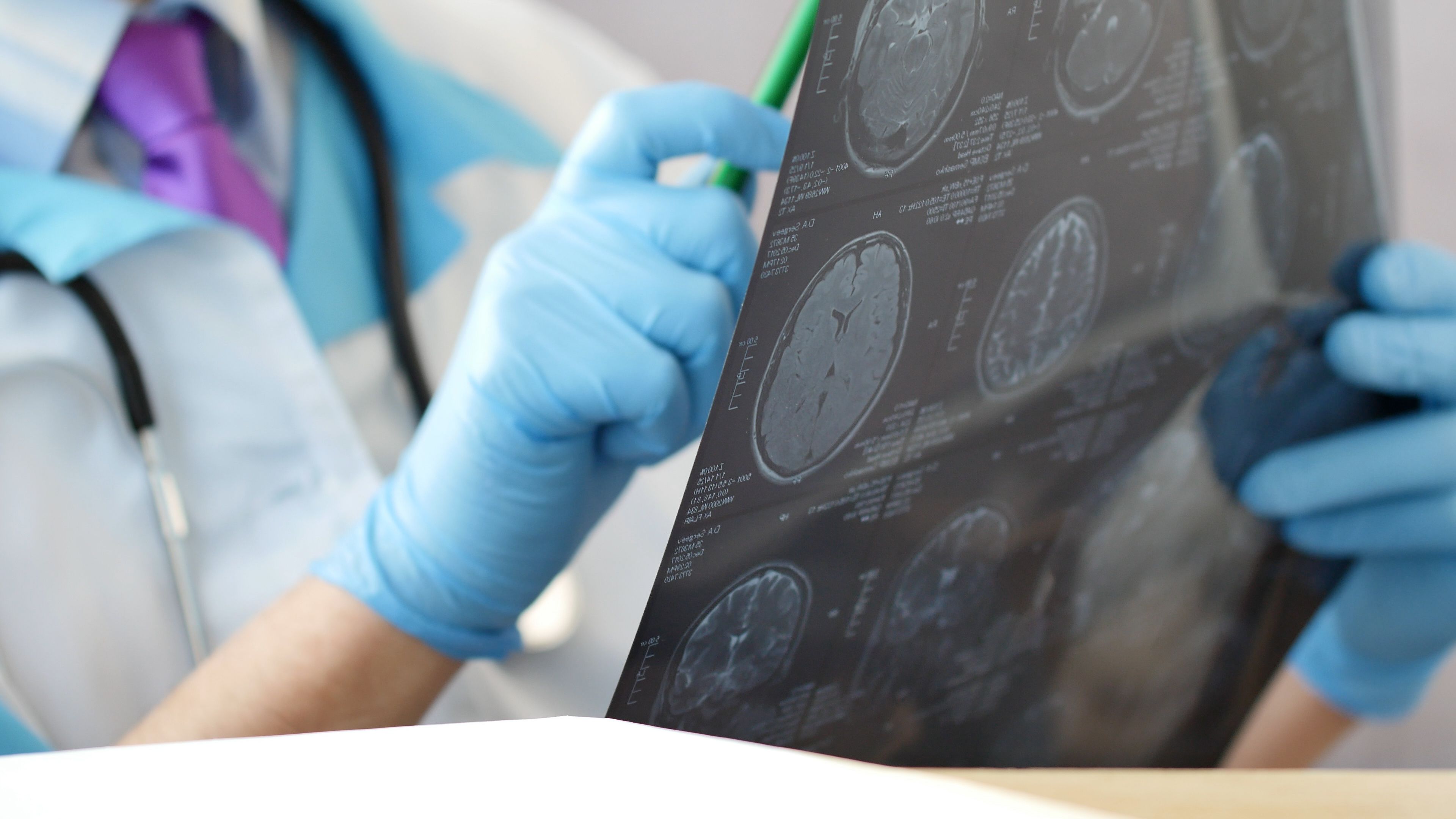Article
AAN Guidelines on Use of fMRI for Presurgical Mapping in Epilepsy
Author(s):
Patients with drug-resistant seizures should have an epilepsy center evaluation to confirm the diagnosis and determine the epilepsy syndrome and possible candidacy for neurosurgery. Guidelines here.
©OrelPhoto/AdobeStock

AMERICAN ACADEMY OF NEUROLOGY GUIDELINES
Dr Seabright is Clinical Assistant Professor, Oakland University William Beaumont School of Medicine, Rochester, MI.
Epilepsy is deemed drug-resistant when two tolerated, appropriately chosen and used antiepileptic drugs (AEDs) fail to achieve sustained seizure remission.1 Seizures that are uncontrolled can have negative psychosocial and financial impact on patients, as well as putting them at risk for serious morbidity and mortality including physical injury and sudden death. Patients with drug-resistant seizures should have an epilepsy center evaluation to confirm the diagnosis and determine the epilepsy syndrome and possible candidacy for neurosurgery.
Surgery is a consideration in patients with drug-resistant, uncontrolled, disabling focal epilepsy if the seizures originate from a region that can be removed with minimal risk of disabling neurologic or cognitive dysfunction. Surgical candidates include those with chronic, intractable epilepsy due to discrete lesions such as mesial temporal sclerosis, low-grade neoplasms, vascular malformations, encephalomalacia from stroke or trauma, and focal cortical dysplasia.2
Patients with drug-resistant focal epilepsy and normal MRI are more challenging but good surgical outcomes are possible if the seizures are electrographically well localized in the temporal lobe. Patients who are usually not surgical candidates include those with bilateral onset of habitual seizures, those with severe psychiatric or medical comorbidities that increase surgical risk or compromise recovery, those with rapidly progressive CNS disease, and those with primary generalized epilepsy.2
One of the most important goals during the surgical evaluation is to avoid operative morbidity. Preoperatively, functional MRI (fMRI) and intracarotid amobarbital procedure (IAP)-also known as the Wada test-are two methods used to assess language localization and predict postoperative language and memory outcomes. Advantages of fMRI over the IAP include lower risk, lower cost, and greater potential for localization of function. IAP is susceptible to limitations because of individual variation in arterial anatomy, variable effects of anesthesia, rate of amobarbital injection, variation in patient cooperation and testing methods.3
An expert panel of the American Academy of Neurology (AAN) evaluated and reviewed available evidence to assess the diagnostic accuracy and prognostic value of fMRI in epilepsy surgery evaluation and postsurgical outcome prediction. They sought to answer whether fMRI is comparable with the IAP for measuring language and memory lateralization and for predicting postsurgical language and memory outcomes in patients undergoing epilepsy surgery.
A summary of the recommendations are as follows:
1. fMRI may be considered as an option in lateralizing language functions in place of IAP in patients with medial temporal lobe epilepsy (MTLE) (Level C), temporal epilepsy in general (Level C), or extratemporal epilepsy (Level C). The evidence is insufficient for patients with temporal neocortical epilepsy of temporal tumors.
2. fMRI may be considered for predicting postsurgical language outcomes after anterior temporal lobe (ATL) resection for the control of temporal lobe epilepsy (TLE) (Level C).
3. fMRI may be considered as an option to lateralize memory functions in place of IAP in patients with MTLE (Level C).
4. Presurgical fMRI of verbal memory or of language encoding should be considered as an option to predict verbal memory outcomes in patients with epilepsy who are undergoing evaluation for left medial temporal lobe (MTL) surgery (Level B).
5. Presurgical fMRI using nonverbal memory encoding may be considered as a means to predict visuospatial memory outcomes in patients with epilepsy who are undergoing evaluation for temporal lobe surgery (Level C).
4. Presurgical fMRI may be used instead of the IAP for language lateralization in patients with epilepsy who are undergoing evaluation for brain surgery (Level C).
5. fMRI of language and verbal memory lateralization may be an alternative to IAP memory testing for prediction of verbal memory outcomes in MTLE (Level C).
6. fMRI is not yet established as an alternative to the IAP for prediction of global amnesia in patients who have undergone ATL surgery.
Limitations to the above recommendations include evidence obtained from small patient samples with heterogenous characteristics, some studies being underpowered or susceptible to random variation, and lack of multicenter studies. Evidence concerning the relative accuracy of IAP and fMRI in predicting language outcomes is limited to a single study. The majority of the data are from adults with TLE and minimal structural lesions.
While several studies include children and adolescents, none solely address fMRI in comparison with IAP or outcomes in younger children. The studies also varied across a number of methodological features including strength of the magnetic field used, expertise in techniques for analysis of the raw data, thresholding method, region of interest examined, and lateralization methods.
Additional research is needed in this emerging area. Patients should be counseled on the risks and benefits of each modality and the choice between fMRI and IAP should be individualized.
References:
1. Kwan P, Azimanoglou A, Berg AT, et al. Definition of drug resistant epilepsy: consensus proposal by the ad hoc task force of the ILAE Commission on Therapeutic Strategies. Epilepsia. 2010;51:1069-1077.
2. Miller JW, Hakimian S. Surgical treatment of epilepsy. Continuum (Minneap Minn). 2013;19(3 Epilepsy):730-742.
3. Szaflarski JP, Gloss D, Binder JR, et al. Practice guideline summary: use of fMRI in the presurgical evaluation of patients with epilepsy: report of the Guideline Development, Dissemination, and Implementation Subcommittee of the American Academy of Neurology. Neurology. 2017:88:395-402.




